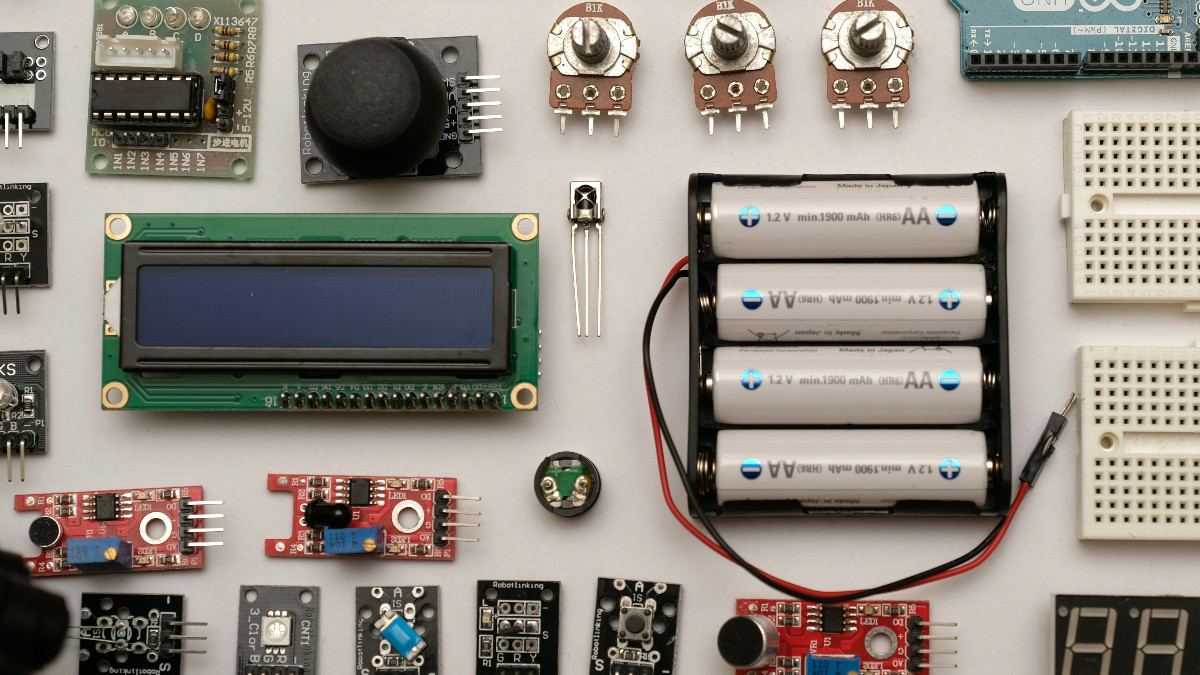Digitalisation - IoT

Photo by Robin Glauser on Unsplash
By incorporating IoT into curricula, universities can prepare students to contribute to the IoT ecosystem, which is ready to become an integral part of our digital future. The interdisciplinary nature of IoT education means that students from various backgrounds, including computer science, engineering, and business, can find valuable opportunities in this field.
Some aspects of IoT that universities might include in their programs:
- Sensor Technology and Data Acquisition: Students should learn about the various types of sensors used in IoT devices and how they collect data from the environment. This includes understanding sensor operation, data accuracy, and calibration techniques.
- Connectivity and Networking: Courses should cover the communication protocols and networking technologies that enable IoT devices to connect to the internet and to each other, such as Wi-Fi, Bluetooth, and cellular networks.
- Data Processing and Analytics: With the vast amount of data generated by IoT devices, students need to learn how to process and analyze this data to extract meaningful insights. This includes studying big data analytics, machine learning, and real-time data processing.
- IoT Platforms and Cloud Computing: Students should be introduced to various IoT platforms that manage the device connectivity, data storage, and application development. Understanding cloud computing’s role in IoT for data storage and processing is also crucial.
- Security and Privacy: Given the potential vulnerabilities in IoT networks, courses must emphasize the importance of cybersecurity. Students should learn about encryption, secure coding practices, and privacy concerns related to IoT data.
- IoT Applications: Universities should provide case studies and project-based learning to explore IoT applications across different industries, such as smart homes, healthcare, agriculture, and smart cities.
- Design and Prototyping: Hands-on experience in designing and prototyping IoT devices is essential. This could involve using microcontrollers, developing firmware, and understanding the product design lifecycle.
- Ethical and Legal Considerations: As IoT devices become more prevalent, students must understand the ethical implications and legal considerations of deploying IoT solutions, including data ownership and regulatory compliance.